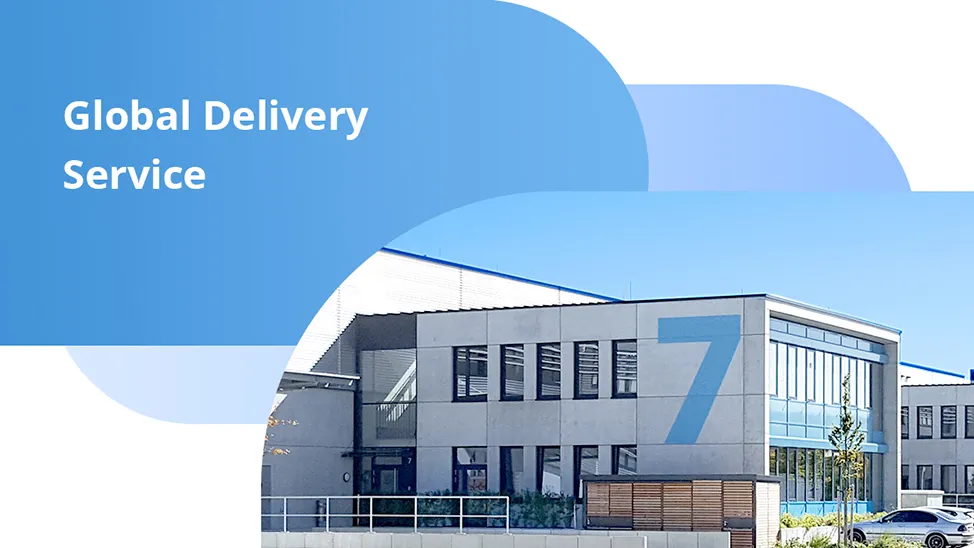How to Choose Media Converter Chasis?
In networking, media converters are essential for connecting different types of media like fiber and copper. When using multiple media converters, a media converter chassis becomes crucial for organization and efficiency. This article provides a guide on choosing the right media converter chassis.
Basic Functions of a Media Converter Chassis
The primary function of a Media Converter Chassis is to integrate and manage multiple media converter modules, typically used in network environments to facilitate the conversion between different types of network media. Here are some key features:
Multi-Module Integration: The Media Converter Chassis can accommodate multiple independent media converter modules. This allows for the implementation of multi-point conversion needs and adapts to different network interface conversion requirements.
Centralized Power Supply: By using a unified power system, the chassis provides power to all the media converter modules inserted into the chassis, simplifying power management and reducing cable clutter.
Modular Design: The media converter chassis supports hot-swappable modules, meaning that new converter modules can be added or replaced without shutting down the system power. This greatly enhances maintenance convenience and network scalability.

Key Considerations When Choosing a Media Converter Chassis
When selecting a media converter chassis, several factors should be taken into account to ensure it meets your specific needs:
-
1. Capacity: Assess the number of media converters you need to house. Chassis come in various sizes, typically supporting anywhere from a few to several dozen converters.
-
2. Power Supply: Evaluate the type and redundancy of the power supply. A reliable power supply with redundancy options can prevent network downtime.
-
3. Compatibility: Ensure the chassis is compatible with the media converters you plan to use. Compatibility with different brands and models can offer more flexibility.
-
4. Cooling System: Evaluate the cooling system to ensure it can handle the heat output of the installed converters, especially in densely packed environments.
-
5. Build Quality: Look for a robust and durable chassis that can withstand the physical demands of your networking environment.
Tips for Selecting the Right Media Converter Chassis
To select the best media converter chassis, follow these tips:
-
1. Assess Current and Future Needs: Choose a chassis that offers scalability to accommodate growth.
-
2. Evaluate Power Requirements: Ensure the chassis provides sufficient power for all converters and consider models with redundant power supplies.
-
3. Check for Compatibility: Verify that the chassis supports the media converters you plan to use and allows for future upgrades.
-
4. Consider Management Options: Look for chassis with SNMP or other management features if remote monitoring is important.
-
5. Inspect Cooling Mechanisms: Ensure the chassis has adequate cooling systems for optimal performance.
For example, the FS 12 Slots Media Converter Chassis includes multiple independent media converters and can house up to 12 units. You can start with single media converters, each with its own housing and AC power adapter. As your requirements grow, you can mount a chassis in your equipment rack and install your media converters in the chassis. The housing of each media converter can be easily removed, allowing the media converter PC board to slide into the chassis. This setup saves space and keeps cabling neat. For maximum power availability, an optional redundant power supply is also available for installation in the chassis.

Conclusion
Choosing the right media converter chassis is essential for an efficient and scalable network. By understanding its functions, considering key factors, and following practical tips, you can select a chassis that meets your current needs and allows for future growth.
You might be interested in
Email Address

-
PoE vs PoE+ vs PoE++ Switch: How to Choose?
May 30, 2024














